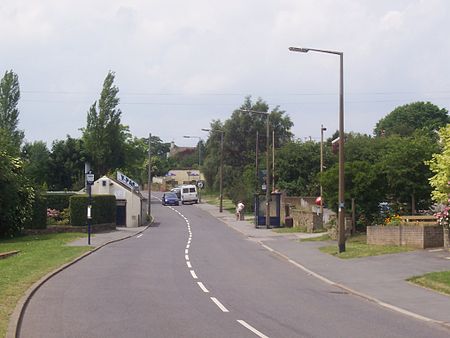Kexbrough
AC with 0 elementsGeography of the Metropolitan Borough of BarnsleySouth Yorkshire geography stubsVillages in South Yorkshire

Kexbrough is a village in the Metropolitan Borough of Barnsley (part of South Yorkshire, England), on the border with West Yorkshire. The village falls within the Darton West ward of Barnsley MBC. It is located at approximately 53° 35' North, 1° 32' 30" West, at an elevation of around 360 feet (110 m) above sea level. Historically the village was known as Kexborough, and includes the hamlets of Haigh and Swithin.
Excerpt from the Wikipedia article Kexbrough (License: CC BY-SA 3.0, Authors, Images).Kexbrough
Bence Lane,
Geographical coordinates (GPS) Address Nearby Places Show on map
Geographical coordinates (GPS)
| Latitude | Longitude |
|---|---|
| N 53.58 ° | E -1.54 ° |
Address
Bence Lane
Bence Lane
S75 5DA
England, United Kingdom
Open on Google Maps








